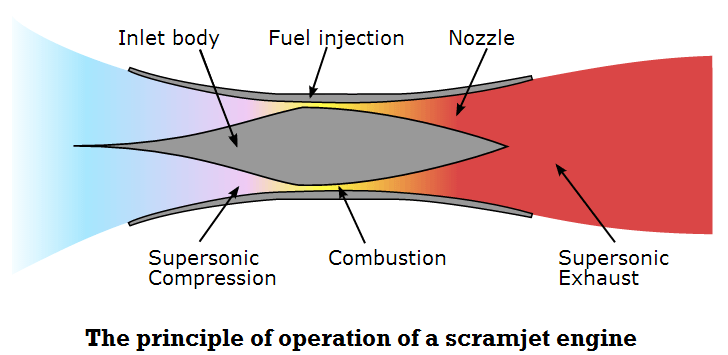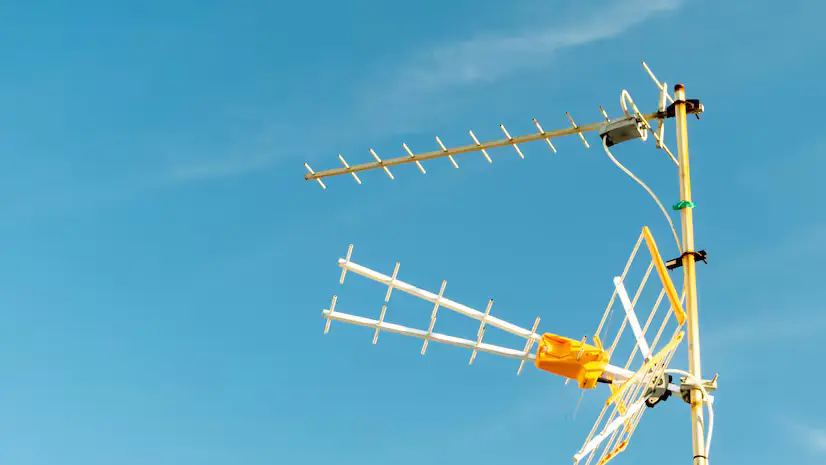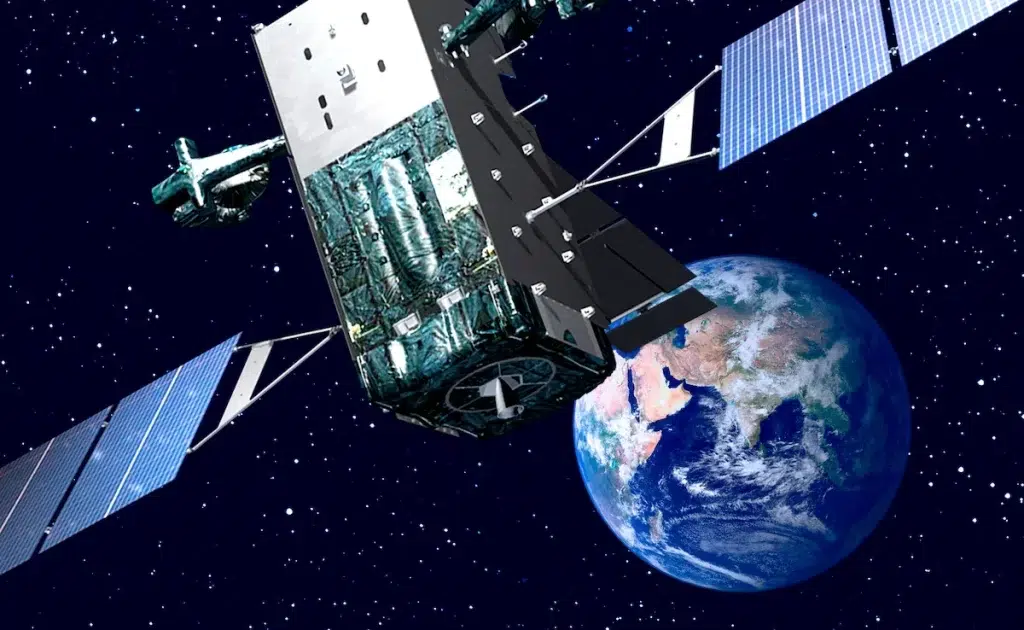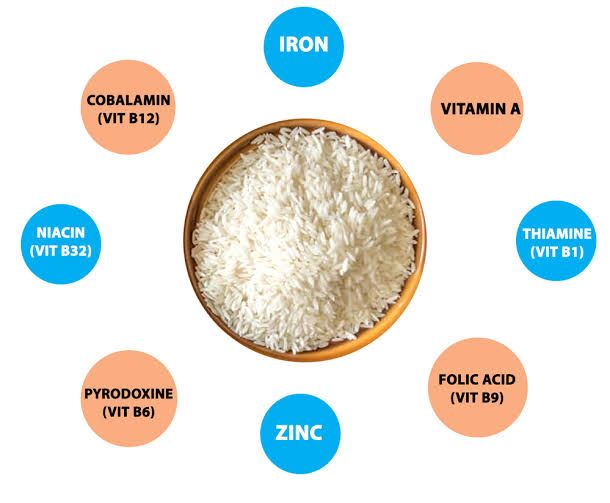On 7th September 2020, DRDO successfully tested the Hypersonic Technology Demonstrator Vehicle. Test was done from APJ Abdul Kalam testing range (Wheeler Island) in Odisha’s Balasore. With this successful test, India will be making its first hypersonic missile in the next five years and also became the fourth country after USA, Russia and China to develop and test this technology.
What DRDO Achieved Through This Test?
The cruise vehicle was launched using a proven solid rocket motor, which took it to an altitude of 30 km, where the aerodynamic heat shields were separated at hypersonic Mach number. The cruise vehicle separated from the launch vehicle and the air intake opened as planned. Hypersonic combustion sustained and the cruise vehicle continued on its desired flight path at a velocity of six times the speed of sound, which is nearly 2 km, for more than 20 seconds.
With this successful demonstration, many critical technologies such as aerodynamic configuration for hypersonic manoeuvers, use of scramjet propulsion for ignition and sustained combustion at hypersonic flow, thermo-structural characterisation of high temperature materials, separation mechanism at hypersonic velocities, among others, were successfully tested.
Then, What is Hypersonic Technology Demonstrator Vehicle?
HSTDV is an unmanned scramjet demonstration aircraft for hypersonic speed flight, which uses SCRAM jet combustion engine. First of all a rocket booster produces the hypersonic speed. At the moment hypersonic produces the rocket booster separated from the HSTDV and from that time SCRAM jet engine produces thrust for the HSTDV Vehicle.
Application of HSTDV(Hypersonic Technology Demonstrator Vehicle)
This is dual-use technology, which when developed, will have multiple civilian applications as well as military applications. It can be used for launching satellites at low cost. It will also be available for long-range cruise missiles of the future. E.g.: Brahmos 2. It is being developed by DRDO with assistance from Israel, UK and Russia.

What is SCRAM Jet Technology?
Scram jet engine is an air breathing engine, meaning no need to carry oxidiser.
As of now, satellites are launched into orbit by multi-staged satellite launch vehicles that can be used only once (expendable). These launch vehicles carry oxidiser along with the fuel for combustion to produce thrust. Nearly 70% of the propellant (fuel-oxidiser combination) carried by launch vehicles consists of oxidiser.
Launch vehicles designed for one time use are expensive and their efficiency is low because they can carry only 2-4% of their lift-off mass to orbit. Thus, there is a worldwide effort to reduce the launch cost. Therefore, the next generation launch vehicles must use a propulsion system which can utilise the atmospheric oxygen during their flight through the atmosphere which will considerably reduce the total propellant required to place a satellite in orbit. Ramjet, Scramjet and Dual Mode Ramjet (DMRJ) are the three concepts of air-breathing engines which are being developed by various space agencies.

A ramjet is a form of air-breathing jet engine that uses the vehicle’s forward motion to compress incoming air for combustion without a rotating compressor. Fuel is injected in the combustion chamber where it mixes with the hot compressed air and ignites. A ramjet-powered vehicle requires assisted take-off like a rocket assist to accelerate it to a speed where it begins to produce thrust. Ramjets work most efficiently at supersonic speeds around Mach 3 (three times the speed of sound) and can operate up to speeds of Mach 6.
However, the ramjet efficiency starts to drop when the vehicle reaches hypersonic speeds. A scramjet engine is an improvement over the ramjet engine as it efficiently operates at hypersonic speeds and allows supersonic combustion. Thus it is known as Supersonic Combustion Ramjet, or Scramjet.
Also refer :








